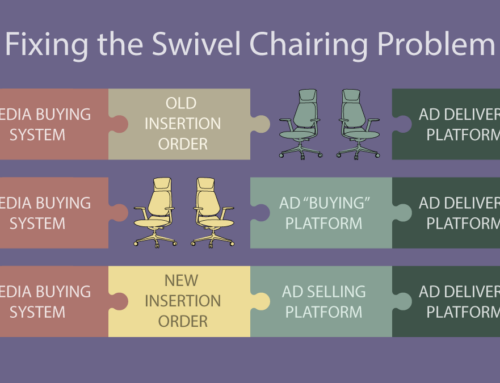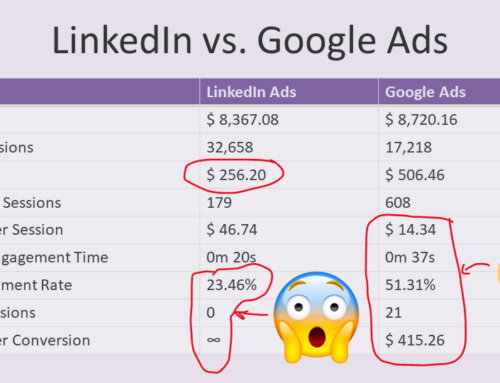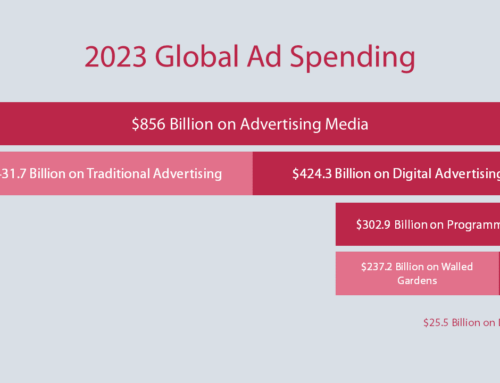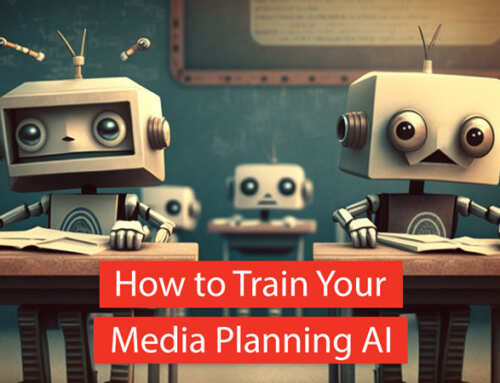“The cost of not having a connected business is costing the [digital advertising] industry $3.6 million dollars per hour.” That’s what Neal Mohan, Google’s Vice President of Display Advertising Products, revealed in his introduction to Google’s thinkDoubleClick event.
Not per year or per month or per day – the industry is wasting $3.6 milling dollars per hour! That equates to $31.5 billion per year.
Disconnected Media Buying Workflow
Mr. Mohan was referring to the disconnected systems and processes within ad agencies, digital publishers, and others in the digital advertising ecosystem. While many good point solutions exist today, it’s we humans that are left with the tedious task of manually stitching everything together and filling the gaps in the buying process.
These statistics, our own research, and common industry knowledge leave no doubt about the high transaction cost of digital advertising – $40,000 or more in agency labor costs for the typical $500,000 campaign.
Depending on the billing arrangement, either the advertiser or the agency (or both) are being punished for this inefficiency. Advertisers who pay their agencies hourly on a cost plus basis are paying an “inefficiency tax” on the media they purchase. Agencies who charge their advertisers a percentage commission on the media the buy are losing their profit margins to wasted labor costs.
Connected Platforms Save 33%
Mr. Mohan added, “Recently we conducted a study with Boston Consulting Group in Europe with a number of our large advertiser and agency clients. What we found is that by having a holistic, connected platform these clients were able to save 33% [of their] time. Time that would have otherwise been wasted in duplicative efforts, annoying tasks, back and forth that was really unnecessary if you think about it. And 33% of time amounted to days saved where they could actually spend it creating connections with their partners and generating value not just for their clients, but for their businesses as well.”
With such a huge and obvious problem, you might wonder why nobody has already solved it. The fact is that many have already tried and have yet failed to automate the direct media buying process.
Many Failures in Display Ad Tech
This area of digital display ad tech is littered with corpses, zombies, and half-baked solutions.
Even Google itself has already tried once and gave up on its MediaVisor tool that it picked up along with its DoubleClick acquisition. According to a recent study (see slide 50), MediaVisor has earned only a 9.7% market share. Although holding the distinction of the most widely adopted “connected” solution, it’s a distant second to disconnected manual processes using Microsoft Excel with 76.1% market share. This is one area of ad tech where Microsoft is dominating Google.
Market Still Wide Open
For agency workflow automation providers, the bright side of the past failures is the market is still wide open. It’s not a natural monopoly like other markets. There’s plenty of room for many players to serve different segments of the market.
It may seem quixotic to be tilting at this windmill after so many others have failed. Anyone attempting to solve these problems would be well-advised to study past failures and avoid the landmines and traps that doomed them.
In some cases, early direct media buying workflow software failed because it didn’t integrate well with existing platforms. In other cases, self-serve marketplace platforms failed because their business models made them more like an ad network or automated media rep firm than a technology solution. In many of the cases, the user interfaces were notoriously “user hostile” and practically unusable. In all early cases, agencies failed to adopt, stuck with Excel, and perpetuated the problem.
Solving the Media Planning Dilemma
Despite the high risk of failure, Google, Centro, Facilitate, Mediaocean, Bionic (my firm), and others are making fresh attempts to solve the complicated digital media planning dilemma.
Each player brings its own perspective and unique approach. Since 1968, Mediaocean (formerly known as Donovan Data Systems and MediaBank) has been providing agency workflow systems with strength in the billing function. Centro, Facilitate, and Bionic are entering their teen years each having been founded in the 2000-2001 time period. Centro brings experience from running thousands of campaigns as an outsourced service provider with strength in local markets. Facilitate brings a full-spectrum solution with strength in internationalization. Bionic brings a proven cloud-based platform with strength in media planning and buying software in eighteen media channels.
Study the work of these pioneers and you’ll discover there is no silver bullet that will slay this agency workflow “monster.” It’s not a problem that will be solved overnight. It will take patience and a long-term commitment.
Is it worth it? With $3.6 million dollars per hour at stake, the prize is clear.





